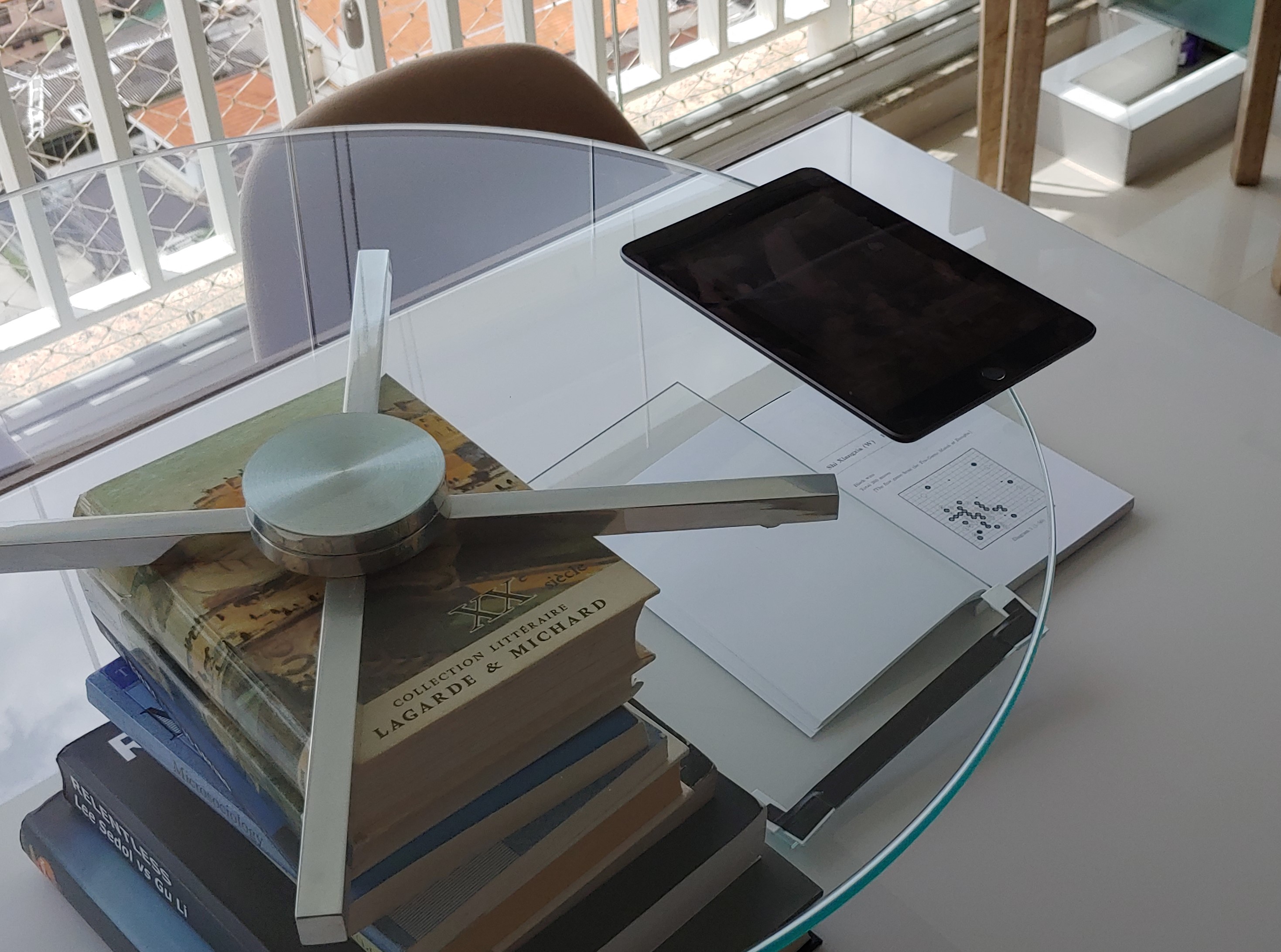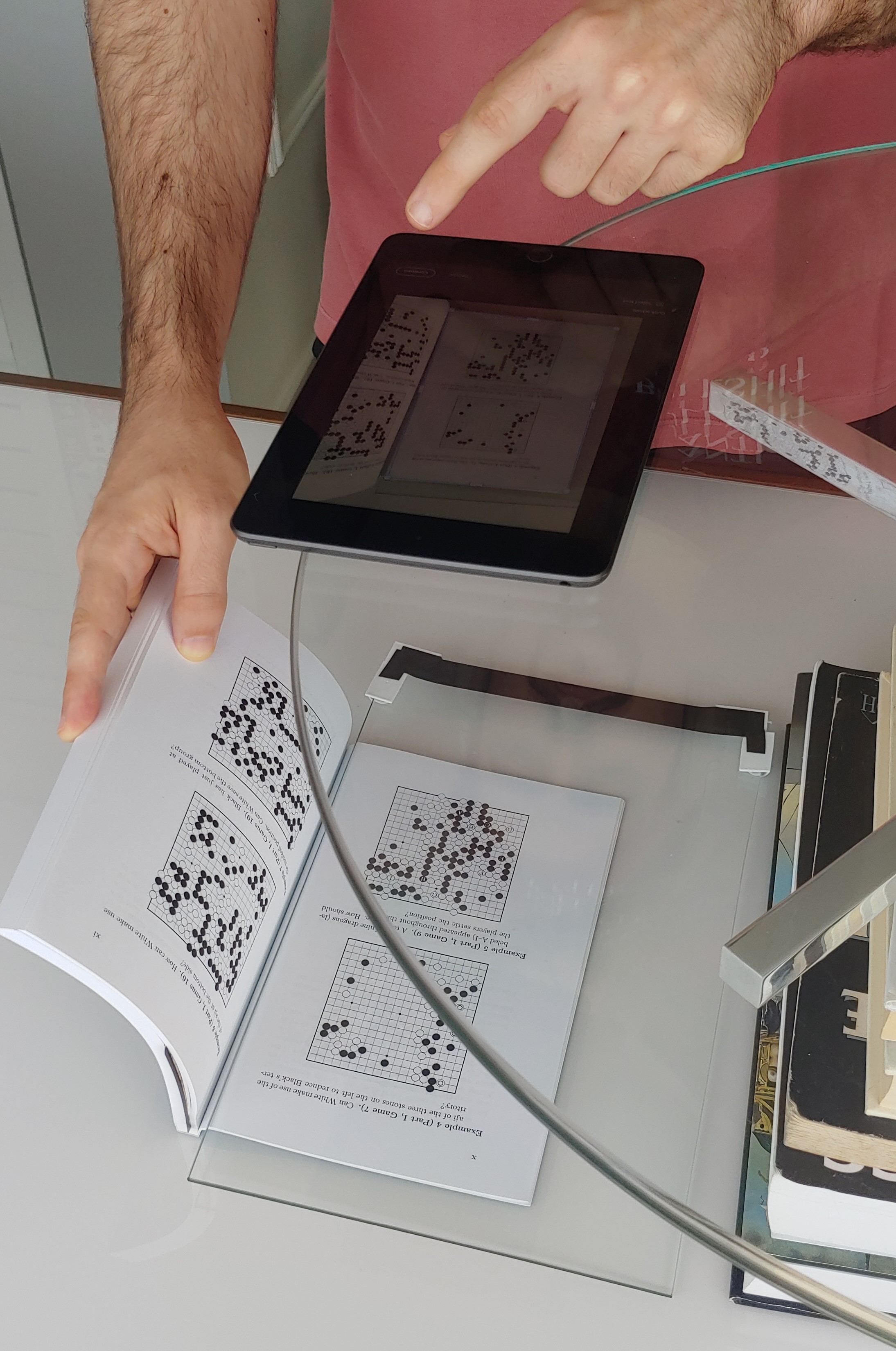
DIY Scan Station
With Adobe Scan now anyone can digitize books. I'm not saying you should share the resulting files online, I'm just saying you could make the experience more seamless with the rest of your digital tools, specially when it comes to taking notes.
If you're not using apps like Notion or Evernote, you don't know what you're missing out on. And, if you're using those types of apps with physical books, you might be thinking that somebody is trying to torture you for thinking too far ahead. The thing is: having the book and what you're using to take notes on different planes is the most important detriment to productivity in those cases.
To help mitigate that problem, you could either go back to the stone age
and take notes on physical hardware, like paper notebooks or the
physical book itself, or you could have everything digitally. Once you
do make the conscious, sane choice, I highly recommend using a better
notetaking app for PDFs, like
Polar Bookshelf. Polar offers a
much easier way of tracking your progress, adding metadata, taking
notes
What will you need in order to achieve what I'm talking about with reasonable efficiency?
- A scanning device with access to the Adobe Scan app. It could simply be a smartphone or a tablet.
- A platform for you to stabilize and fix the position of your scanning device. A transparent platform makes this even easier.
- A large enough sheet of glass so you can hold it without interfering with the scan. This will help you flatten the pages so your scanner can perform well. Otherwise the warping of the pages will completely ruin your scan. Scanning apps are not yet at the point where they can get past too much unevenness.

I've looked into a lot of scanning software to finally come up with this setup. This is the best I could do without buying an industrial book scanner. Besides this more pragmatic approach the closest I could get to something useful was the Book Sorber app, which actually does offer an algorithm for dealing with warping as well as a bunch of other tools. However, my experience with these more sophisticated tools is that they get so complicated that, to the end user, the behavior becomes quite unpredictable. So you end up spending a lot of time trying to understand how to work with the tool, which is highly unproductive; and there's no way of knowing if invested time will pay off in the future.
Please do add bookmarks/thumbnails to your PDF once you're done scanning and combining the files. You and everybody else will thank you a lot for the extra effort.
Adobe Scan is a much simpler app than Book Sorber, both in terms of algorithms and UI/UX. And it also probably features the state of the art in terms of Optical Character Recognition (OCR). OCR not only makes the PDF lighter — because things are then encoded into text and not images — but it also makes it possible for the user to copy-paste text digitally, which will surely save you a lot of time when studying its contents. And if you're integrated with the rest of Adobe's Creative Cloud, you'll likely have other optimization perks on Adobe Acrobat PDF, such as combining and compressing PDFs. This is not an advertisement for Adobe, I think the current state of the PDF industry is quite sad and due to Adobe's predatory practices, but the reality is that they are offering the best deal overall.